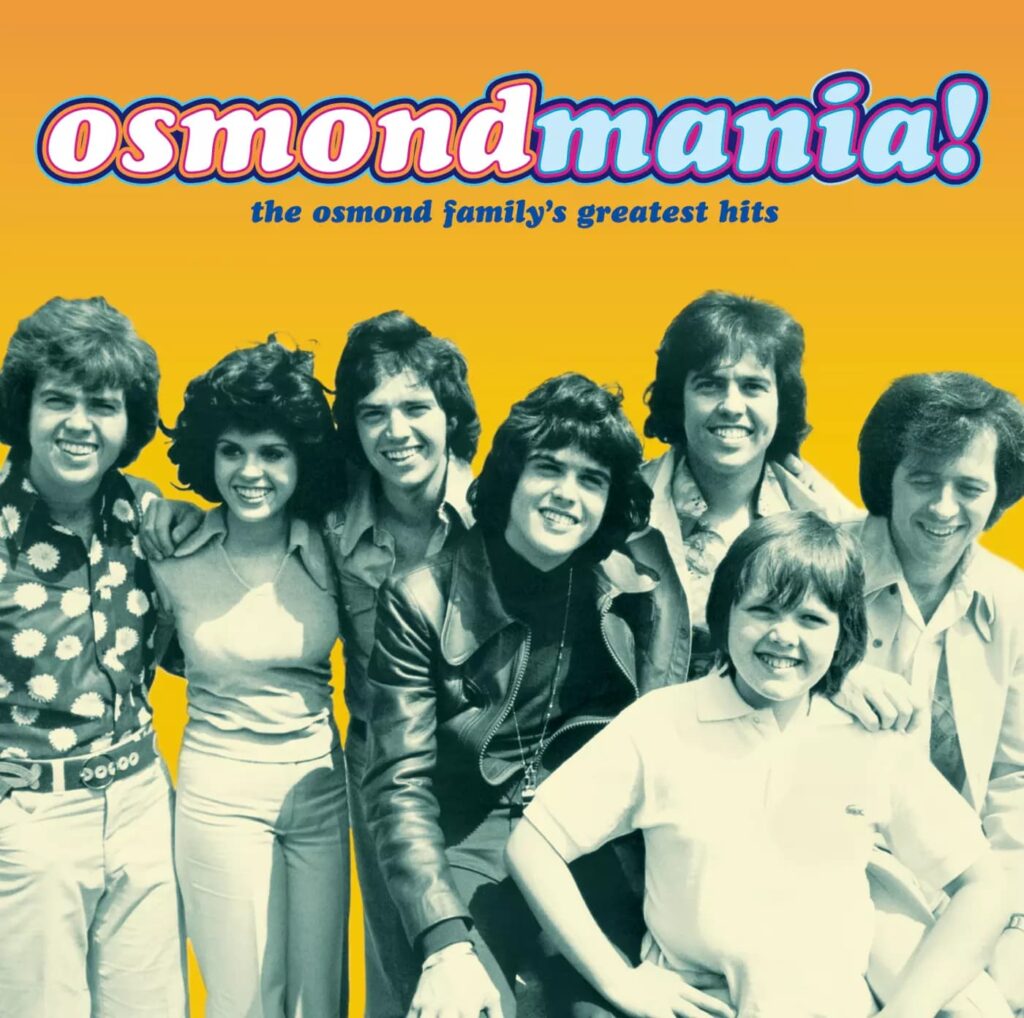
A sweet and carefree melody of innocence — “The Honey Bee Song” captures the warmth, optimism, and golden glow of youthful harmony
In an era when music often reflected rebellion, heartbreak, or cultural upheaval, “The Honey Bee Song” by The Osmonds stood as a refreshing burst of light — a cheerful ode to love and joy wrapped in the sweetness of 1970s pop craftsmanship. Released in 1974 as part of the album Love Me for a Reason, this track may not have topped the charts like its more famous title song (which reached No. 10 on the U.S. Billboard Hot 100 and No. 1 on the UK Singles Chart), but it occupies a charming place in the group’s catalog: a reminder of the era when optimism and melody worked hand in hand to lift spirits and fill living rooms with harmony.
From its very first bars, “The Honey Bee Song” radiates warmth — an easy, sunny rhythm carried by cheerful guitar riffs and the radiant vocal blend that defined the Osmonds’ sound. The song, written by Merrill Osmond and Wayne Osmond, plays with the metaphor of the honeybee as a symbol of pure affection and hard-earned sweetness. Its lyrical imagery — of buzzing fields, sunlight, and devotion — evokes not just the playfulness of young love but also a subtle reflection on diligence and care, themes that run through much of the Osmonds’ music. Just as a bee works tirelessly to create honey, the song suggests that love, too, requires effort, patience, and warmth to blossom.
The charm of the track lies in its simplicity. In the mid-1970s, The Osmonds were known worldwide for their versatility — moving effortlessly between soft pop, R&B-influenced soul, and the harder edges of rock — yet “The Honey Bee Song” returned them to their roots in sunshine pop and wholesome harmony. The melody dances lightly, the harmonies intertwine like sunlight filtering through spring leaves, and the rhythm carries a gentle bounce that feels unmistakably joyful. It’s the kind of song that reminds listeners of long summer days, transistor radios by open windows, and a world that seemed, for three minutes, perfectly golden.
While “The Honey Bee Song” never charted as a single, its spirit embodied the wholesome, family-centered optimism that made The Osmonds household favorites around the world. In many ways, it reflects a cultural moment when music sought to comfort rather than challenge, to unite rather than divide. The brothers’ voices — bright, unguarded, sincere — convey a sense of gratitude and affection that resonates deeply, particularly for listeners who remember the innocence of youth and the gentler sounds of the early 1970s.
The arrangement, produced under the direction of Mike Curb and Alan Osmond, captures the signature polish of the group’s recordings during this period. A soft orchestral undercurrent and gentle percussion frame the harmonies, while the layered vocals create an almost cinematic sense of movement — like the fluttering of wings in sunlight. There’s a sincerity to it that resists irony; it is music meant to make you smile without apology.
For older listeners revisiting the song today, “The Honey Bee Song” can feel like opening a window into a simpler world — one of drive-in theaters, pastel sunsets, and a kind of optimism rarely heard in contemporary pop. It evokes not just the sound of its time but the feeling of it: that tender hopefulness of youth, the belief that love could be kind, steady, and sweet.
At its heart, the song carries a timeless truth wrapped in honeyed melody — that affection, like the labor of bees, is both gentle and essential. The Osmonds, with their seamless harmonies and radiant sincerity, transform that truth into something enduring: a melody that hums softly through memory, glowing with warmth long after the final note fades.
“The Honey Bee Song” may never have been a chart-topping single, but it remains one of those quiet treasures in the group’s legacy — a song that hums in the background of nostalgia, reminding us that even in life’s changing seasons, sweetness can still be found in the simplest moments of love and song.